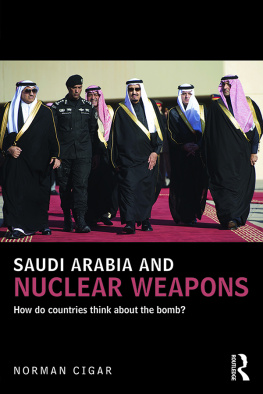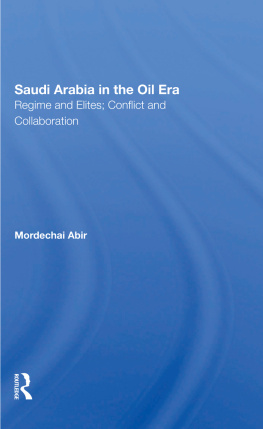Dedicated to:
Alford Scardina Jr,
my father.
Our memories are reflective of both the past and present;
they are reflections of the heart.
Only an enduring love calms the uncertainty of the course
and transforms the heart.
Terrorism the deployment of violence and intimidation by a political group to create terror among a general population in order to achieve the political ends of that group has been a phenomenon on the stage of modern politics since the Anarchist Movement introduced the notion of indiscriminate violence into the public sphere in late nineteenth-century Europe. Many groups that have eventually come to be recognised as legitimate resistance or liberation struggles have dabbled to one extent or another in terrorism. Some achieved their aims and evolved into legitimacy. Others, bordering on mass thuggery, have been dominated by a kind of violence fetishism that has overtaken any political purpose they have sought to bolster by generating terror. The spectrum is huge. On any narrow definition, twentieth- and twenty-first-century examples of terrorism might include the Ku Klux Klan in the United States; the IRA and UVF in Northern Ireland; Irgun and the Stern Gang in British Mandate Palestine (todays Israel); EOKA in Cyprus; FARC in Venezuela; Baader Meinhof and the Red Army Faction in Germany; the Red Brigade in Italy; the Armenian ASALA; the Turkish Grey Wolves; the Peruvian Sendero Luminoso; the Montoneros in Argentina; the Tupamaros in Uruguay; the Basque ETA; and the PFLP General Command.
What all of these groups have in common is their relatively narrow focus on quite specific outcomes with a nationalist or national identity tinge. Since the end of the twentieth century the trajectory of terrorism, with its origin in the Islamic world, has taken a new turn. What began as a liberation movement against the Soviet occupation of Afghanistan evolved into a loose, but seemingly coherent, body of like-minded individuals determined to confront and smash what they saw as Western political, economic, military and cultural domination of the lands in the Muslim umma. After a series of spectacular operations on Western principally American interests in the Middle East and Africa, the world witnessed the extraordinary events of 11 September 2001 on the American mainland. What by now had come to be known as Al Qaeda was in full flow. Al Qaedas brief for itself was not only to attack and undermine Americas direct interests, but also to target Americas allies. Chief among these was Saudi Arabia.
In response to a range of operations that Al Qaeda mounted within Saudi Arabia, the authorities in the Kingdom developed a series of measures against Al Qaeda terrorism that have come to be regarded as pioneering strategies. This book aims to set out the Saudi Antiterrorism (AT) and Counterterrorism (CT) strategies in detail. In brief, these strategies revolve around a recognition of the importance of intelligence and financial control as tools for confronting domestic terrorist threats, plus a proper understanding of the ideological issues that drive this brand of terrorism. The AT and CT strategies were developed as a response to the specific Al Qaeda brand and it is within that context that this analysis of Antiterrorism and Counterterrorism is set out in these pages. But of course, since the appearance of the Al Qaeda phenomenon other manifestations of terrorism have appeared both in the Middle East and in the West the most notable examples being the Daesh/ISIS-claimed activities in Syria, Iraq, Paris, Brussels, Boston, Nice, Berlin, Manchester and London.
While the presentation of an AT and CT strategy as set out in this book is based on policies and experiences observed in Saudi Arabia in its confrontation with Al Qaeda between 2003 and 2006, the means deployed by the Saudis in that period and the lessons learned have an application that goes far beyond the specific Saudi encounter with Al Qaeda. This is why an account of the SaudiAl Qaeda experience is important. A recognition of the key pillars that were identified as the basis for the Saudi strategy on terrorism effective intelligence of terrorists intentions and capabilities; effective means by which to monitor, control and interdict terrorists means to finance their activities; effective mechanisms through which to understand the ideologies, indoctrination and psychology of terrorists is fundamental to any attempt to undermine the objectives and efficacy of a terrorist movement, whatever its overall purpose and goals. The basis of what applied to the SaudiAl Qaeda experience will in large measure apply in any attempts to deal with Daesh/ISIS or any other terrorist group, whether in the Middle East or elsewhere. Though it goes without saying that circumstances of terrorist threats and activities whether they be national, geographic, political, cultural, social or economic will vary in different parts of the world and at different times, it is the contention of this book that the fundamentals of the Saudi experience have general application.











